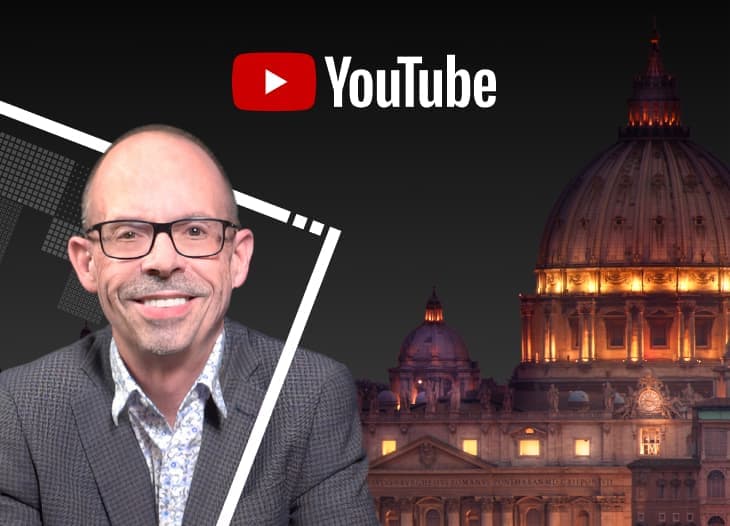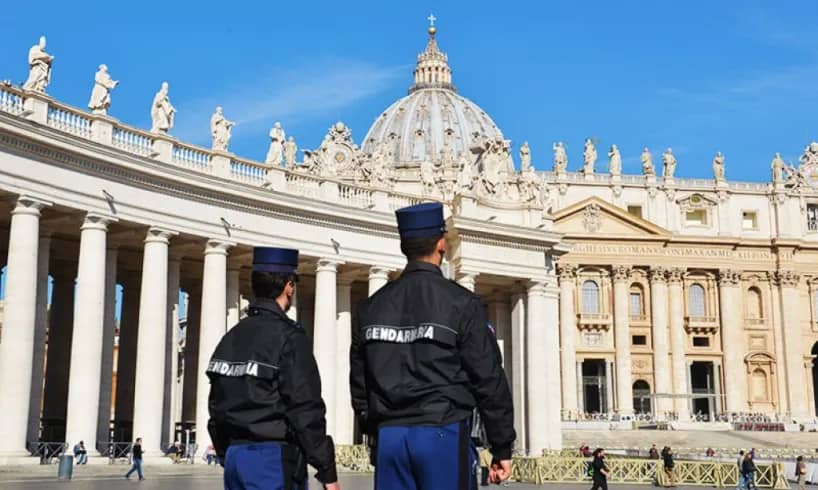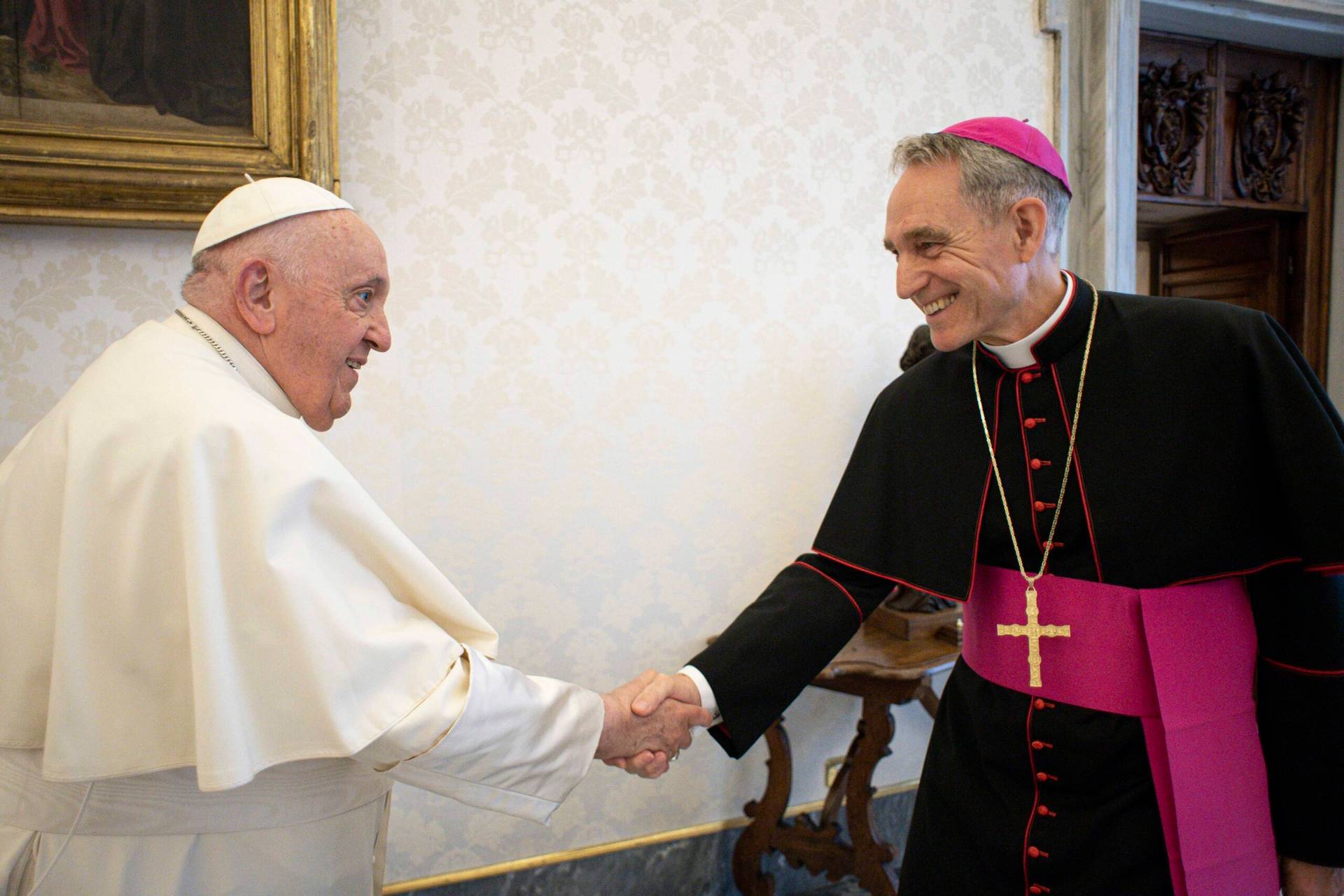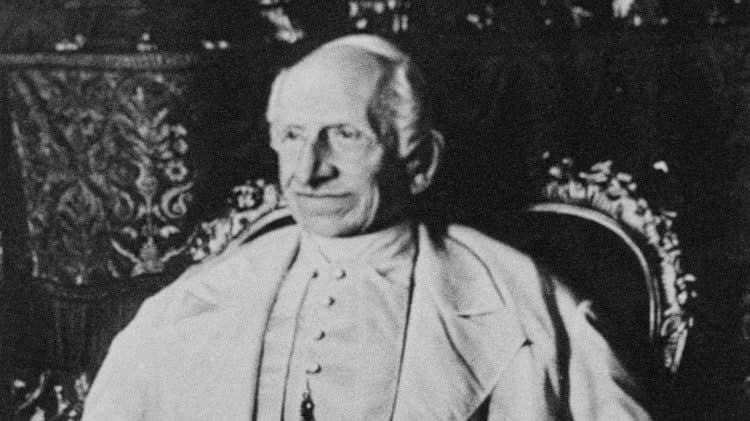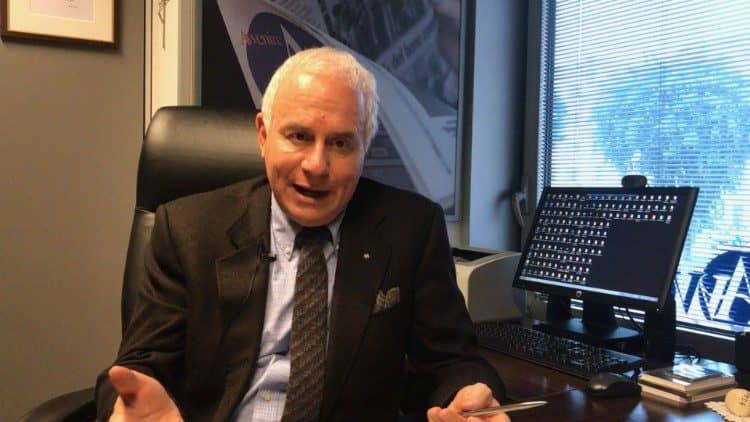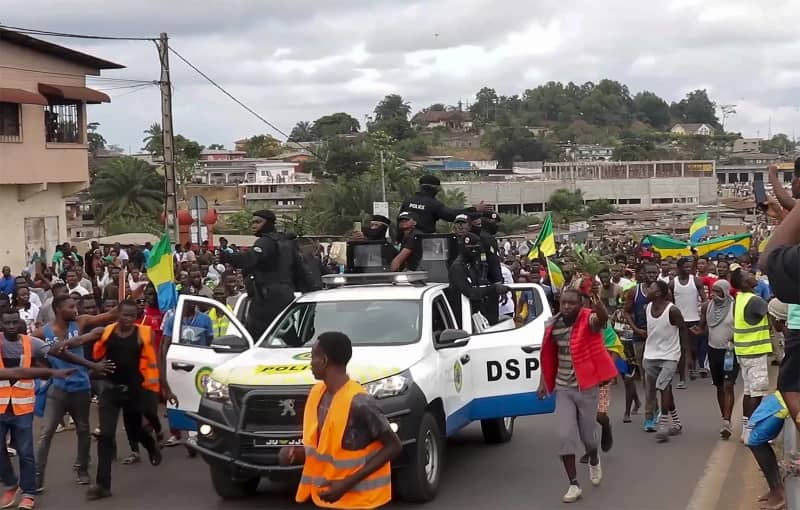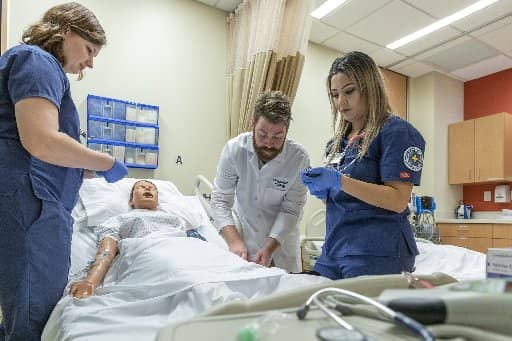ROME – Exactly 80 years ago today, on March 24, 1944, the Nazi occupiers of Rome shot 335 Italians to death, mostly civilians, in a series of caves on the southern outskirts of town called the Fosse Ardeatine. The killings came in retaliation for an attack the day before by the Italian resistance that left 33 German soldiers dead, making it a ratio of ten Italian lives lost for every one German.
(In a rare lapse in Nazi efficiency, bureaucratic confusion led to five more people than strictly necessary being executed.)
Among the victims that day was one Catholic priest: Father Pietro Pappagallo, 55 years old at the time, who’d been in a Nazi prison since January, having been turned in by a snitch for his activity in sheltering Jews, monarchists, communists, intellectuals, anti-fascist activists, gays, and anyone else targeted by the occupation.
While there’s no special reason why the loss of a priest’s life matters more than anyone else’s, the Pappagallo story nonetheless merits retelling today, in part because it captures the entire drama of the early 20th century birth of “social Catholicism” in miniature.
Pietro Pappagallo was born on June 28, 1888, in the mid-sized town of Terlizzi in the Puglia region of southern Italy. His family scraped by on limited means – his father was a ropemaker, while his mother raised the eight children. As a youth he worked with his father and also did seasonal labor on local farms, until his mother decided to enroll him in a local school, from which he eventually entered the seminary.
At the time, families of a candidate for the priesthood were required to make a payment to cover the cost of his studies, so Pappagallo’s mother signed over a meager couple of pieces of land she’d inherited from her family to cover the cost.
He was ordained on April 3, 1915, having escaped being drafted for World War I because of a problem with his heel. The next day he celebrated his first Mass, and on the traditional holy card printed for the occasion, he inscribed the celebrated prayer for peace composed by Pope Benedict XV, who had memorably termed WWI “useless slaughter”: “From you, God of mercies, we implore with our groans an end to this immense scourge; from you, peaceful King, we rush with our prayers for the longed-for peace.”
Benedict XV was, in some ways, the original “Peace Pope,” and Pappagallo clearly drew inspiration from him.
Just like in the United States, in the early 20th century scores of people from Italy’s impoverished south were heading north in search of work, and Pappagallo wanted to serve them. He ended up in Rome in the 1920s, serving as director and chaplain for a boarding house attached to a massive rayon factory called Cisa Viscosa, which had been financed by American investors.
Quickly, he discovered that the hundreds of workers housed by the company were being terribly mistreated: Routinely forced to work overtime without additional pay, at the threat of being fired if they refused; denied the social security benefits allotted to other laborers in Rome; being treated in a discriminatory fashion by managers because they came from the south, and therefore were regarded as second-class citizens; and routinely suffering health problems related to the toxic chemicals used in the factory’s processes to which they were exposed with any protection.
Pappagallo immediately launched protests, which prompted the factory owners to appeal to their protectors in Italy’s fascist regime, who in turn reached out to a Vatican official named Monsignor Ferdinando Baldelli, who would later become a key aide to Pope Pius XII. Baldelli told Pappagallo to stand down, telling him it wasn’t his role to be a union organizer, and that his efforts could disrupt negotiations between church and state to settle the so-called “Roman question.”
We have the letter Pappagallo wrote to Baldelli: “Monsignor, I see myself in the workers at the boarding house. They come from my land, and they’re immigrants too. The fact that they haven’t gone overseas doesn’t make their situation any less painful or difficult … The work in the factory is dehumanizing. I don’t find it just, and I can’t appease myself with arguments about politics, which don’t interest me at all. I only know that the faith, and a sense of humanity, don’t allow me to ignore my brothers, to whose service I’ve been assigned. If you’re not on their side, I can only say that I’m upset and confused.”
Baldelli promptly had Pappagallo removed from his position at the boarding house, with the idea that he would enter a training program for priests to serve Italian immigrants overseas and leave the country.
Despite that, Pappagallo managed to hang on in the Eternal City, eventually becoming chaplain to the Oblate Sisters of the Child Jesus, a post which came with an apartment near the great basilica of St. Mary Major. He transformed the apartment into a sort of halfway house for immigrants moving south to north, and eventually convinced the sisters to give him use of several other facilities in the area for the same purpose.
Thus when the German occupation of Rome began in September 1943, Pappagallo was ideally positioned to provide refuge for all those targeted by the Nazis. One priest friend who visited Pappagallo in late 1943 would note in his diary that the apartment was a “mezzanine full of refugees.” Many of those who took refuge with Pappagallo would escape the Nazis with false passports and other documents provided by two of the priest’s nephews, Gioacchino and Tommaso, who ran a nearby printing shop and who churned out fake papers by night for people sent their way by their uncle.
Eventually an informant tipped off the Nazis, and Pappagallo was arrested on Jan. 29, 1944. He was taken to the infamous Gestapo prison on Via Tasso, which today houses the Museum of Liberation. There he was tortured at the personal direction of Herbert Kappler, an SS officer and Chief of Police in occupied Rome, but refused to divulge the names of anyone else involved in sheltering targets of the regime.
Fellow inmates would later testify that Pappagallo always shared the meager amounts of food and water he was given with others, and that he acted as a sort of spiritual father for other prisoners, even those who didn’t share his faith. Two young communists, Aladino Govoni and Tigrino Sabatini, later said they’d been intrigued by his prayer book, and so he began explaining the psalms to them, thereby not only passing the time but giving them badly needed comfort.
When the time came to carry out the reprisals on March 24, 1944, Kappler put Pappagallo’s name on the list, and so he was herded onto one of several trucks that carried the condemned out to the Fosse Ardeatine for execution. On the way, he offered blessings and heard the confessions of anyone who asked.
Once they arrived at the site, one witness would later say, Pappagallo managed to slip out of the ropes with which the prisoners’ hands had been bound, raised his arms to the heavens, and blessed those who were to die and forgave those doing the killing.
After his death, Pappagallo helped to inspire the character of Don Pietro in Robert Rossellini’s classic 1945 film Roma città aperta. In 1998, Italian President Carlo Ciampi awarded Pappagallo the Gold Medal for Civil Merit, the country’s highest civilian honor, saying the priest had sacrificed his life “with serenity of spirit, a sign of his faith that always illuminated him.”
In 2000, Pope John Paul II included Pappagallo on a list of 20th century martyrs. In 2018, the Yad Vashem Holocaust Remembrance Center declared Pappagallo “Righteous Among the Nations,” recognizing his role in saving Jews during the Holocaust.
On this day 80 years ago, in other words, a priest went to his death who incarnated the burgeoning Catholic social consciousness of his day. While his executioners succeeded in ending his life, they obviously had no power to extinguish his legacy, which in many ways is the legacy of the social gospel in miniature — and which, arguably, is more alive today than ever.



